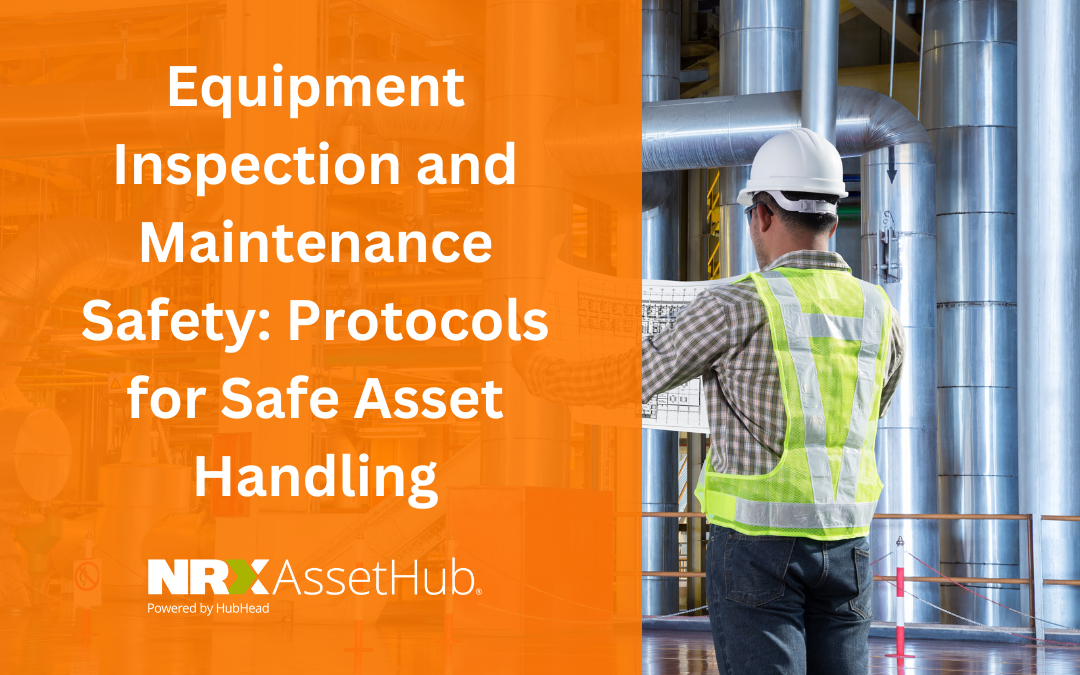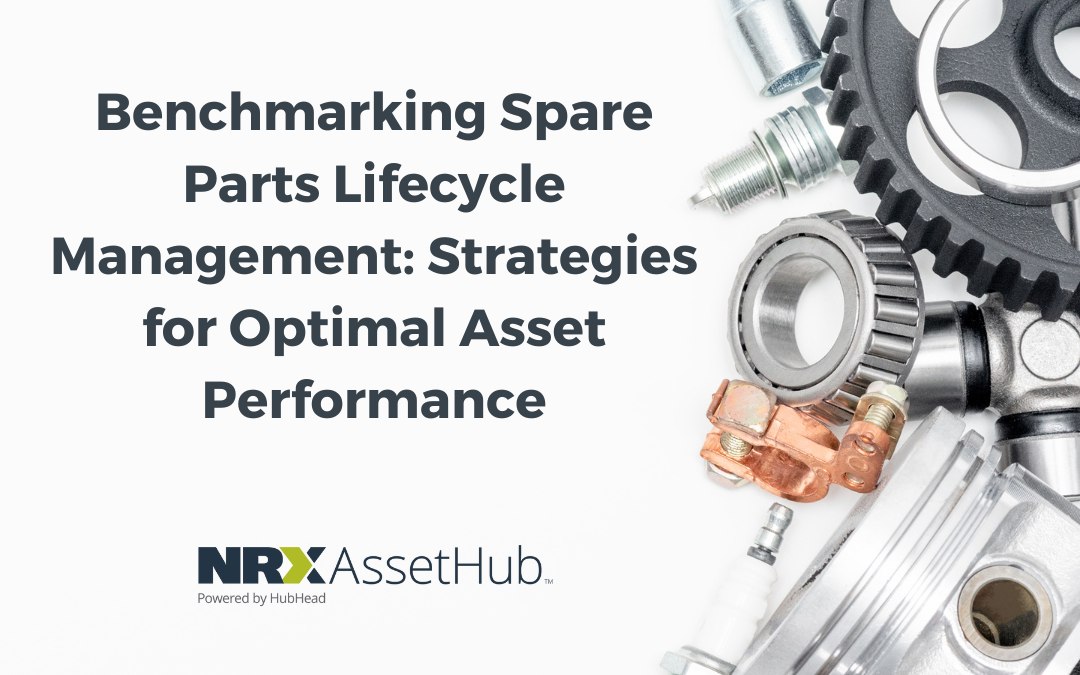
The NRX Blog

Industry Insights: Benchmarking EAM Across Different Sectors
Enterprise Asset Management (EAM) is a dynamic discipline that spans across a multitude of industries, each with its unique challenges, priorities, and operational nuances. In this diverse landscape, the practice of benchmarking – comparing your EAM performance...

EAM Benchmarking Metrics: A Deep Dive into Metrics that Matter
In the dynamic landscape of Enterprise Asset Management (EAM), staying ahead of the competition and achieving operational excellence requires more than just intuition. Data-driven decision-making is crucial, and that's where EAM benchmarking metrics come into play....

The Future of Asset Reliability: Trends and Technological Advances
In the ever-evolving landscape of industrial operations, the concept of asset reliability is undergoing a transformation fueled by technological advancements. As industries become increasingly reliant on machinery, equipment, and complex systems, the need to ensure...

Mitigating Risks through Effective Asset Reliability Strategies
In today's rapidly evolving business landscape, where industries rely heavily on complex machinery and equipment, the importance of maintaining asset reliability cannot be overstated. Asset reliability directly impacts an organization's ability to meet operational...

Equipment Inspection and Maintenance Safety: Protocols for Safe Asset Handling
Equipment inspection and maintenance are essential practices to ensure the optimal performance and longevity of assets. However, these tasks involve potential risks and hazards that can pose a threat to the safety of maintenance personnel and others in the vicinity....

The Importance of Safety in Asset Maintenance
Asset maintenance plays a pivotal role in ensuring the reliability and longevity of equipment and infrastructure within an organization. While the primary focus of maintenance is to optimize asset performance and reduce downtime, one aspect that should never be...

Benchmarking Master Data Management: Unifying Data Across the Organization
In the vast landscape of data-driven business operations, having accurate and consistent data is paramount to making informed decisions. Master Data Management (MDM) plays a crucial role in achieving this by providing a unified and reliable view of critical data...

Best Practices for Benchmarking Data Quality: Ensuring Accurate and Reliable Information
Achieving business success in today's data-driven world heavily relies on the accuracy and reliability of information. The quality of data impacts decision-making, customer satisfaction, and overall organizational performance. To ensure data accuracy and integrity,...

Sustainable Spare Parts Management: Benchmarking Environmental Impact and Cost Savings
Sustainable spare parts management goes beyond operational efficiency and cost savings; it considers the environmental impact of spare parts throughout their lifecycle. By benchmarking environmental impact and cost-saving strategies, organizations can optimize their...

Benchmarking Spare Parts Lifecycle Management: Strategies for Optimal Asset Performance
Effective spare parts lifecycle management is crucial for ensuring optimal asset performance and minimizing downtime. By benchmarking spare parts management practices, organizations can gain valuable insights and implement strategies to improve asset reliability,...
